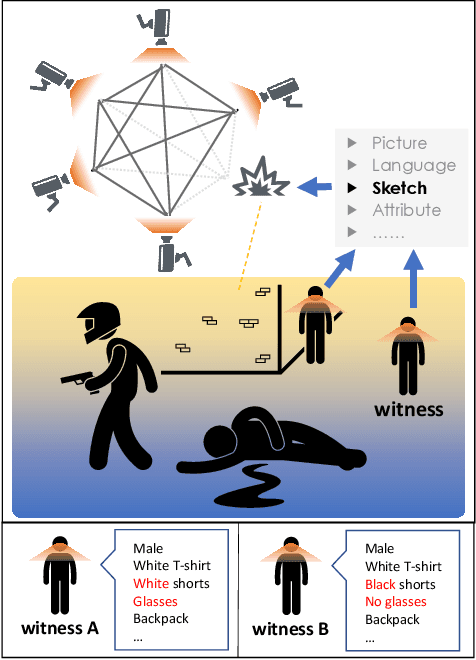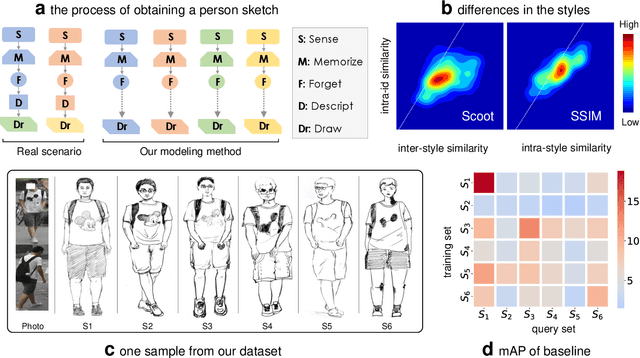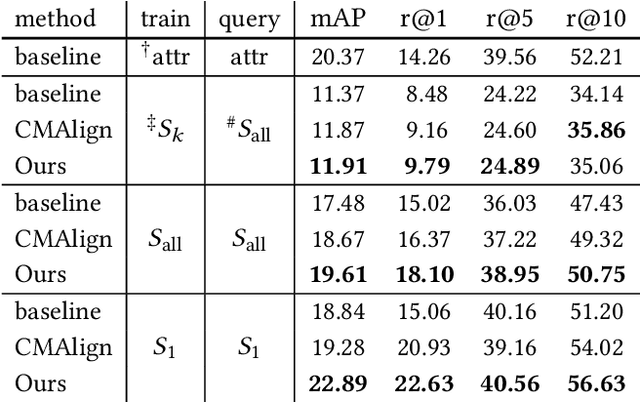Kejun Lin
Think-Program-reCtify: 3D Situated Reasoning with Large Language Models
Apr 23, 2024Abstract:This work addresses the 3D situated reasoning task which aims to answer questions given egocentric observations in a 3D environment. The task remains challenging as it requires comprehensive 3D perception and complex reasoning skills. End-to-end models trained on supervised data for 3D situated reasoning suffer from data scarcity and generalization ability. Inspired by the recent success of leveraging large language models (LLMs) for visual reasoning, we propose LLM-TPC, a novel framework that leverages the planning, tool usage, and reflection capabilities of LLMs through a ThinkProgram-reCtify loop. The Think phase first decomposes the compositional question into a sequence of steps, and then the Program phase grounds each step to a piece of code and calls carefully designed 3D visual perception modules. Finally, the Rectify phase adjusts the plan and code if the program fails to execute. Experiments and analysis on the SQA3D benchmark demonstrate the effectiveness, interpretability and robustness of our method. Our code is publicly available at https://qingrongh.github.io/LLM-TPC/.
Beyond Domain Gap: Exploiting Subjectivity in Sketch-Based Person Retrieval
Sep 15, 2023



Abstract:Person re-identification (re-ID) requires densely distributed cameras. In practice, the person of interest may not be captured by cameras and, therefore, needs to be retrieved using subjective information (e.g., sketches from witnesses). Previous research defines this case using the sketch as sketch re-identification (Sketch re-ID) and focuses on eliminating the domain gap. Actually, subjectivity is another significant challenge. We model and investigate it by posing a new dataset with multi-witness descriptions. It features two aspects. 1) Large-scale. It contains over 4,763 sketches and 32,668 photos, making it the largest Sketch re-ID dataset. 2) Multi-perspective and multi-style. Our dataset offers multiple sketches for each identity. Witnesses' subjective cognition provides multiple perspectives on the same individual, while different artists' drawing styles provide variation in sketch styles. We further have two novel designs to alleviate the challenge of subjectivity. 1) Fusing subjectivity. We propose a non-local (NL) fusion module that gathers sketches from different witnesses for the same identity. 2) Introducing objectivity. An AttrAlign module utilizes attributes as an implicit mask to align cross-domain features. To push forward the advance of Sketch re-ID, we set three benchmarks (large-scale, multi-style, cross-style). Extensive experiments demonstrate our leading performance in these benchmarks. Dataset and Codes are publicly available at: https://github.com/Lin-Kayla/subjectivity-sketch-reid
 Add to Chrome
Add to Chrome Add to Firefox
Add to Firefox Add to Edge
Add to Edge